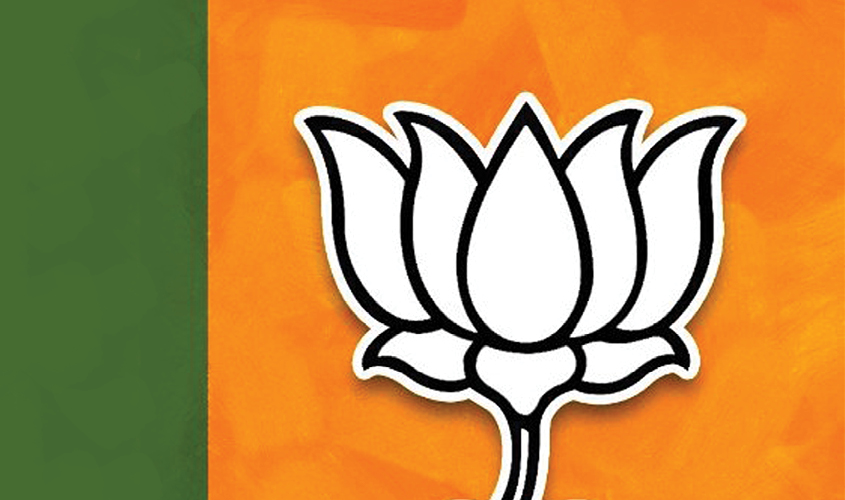Modi has seven months to revive confidence in his leadership for his party to win.
Chief Minister H.D. Kumaraswamy will need to make difficult concessions to the Congress Party to revive the chances for H.D. Deve Gowda to once again emerge as a viable (with Congress, Left and some regional support) PM candidate. However, that would be a better course to follow than to test his luck (and the patience of the supporting party) by acting the way the Congress itself did during UPA-II or the BJP is doing now, which is act as though only a single party’s voice counts within the portals of government. Should the JDS-Congress coalition continue smoothly up to the 2019 polls, it would be a powerful argument in favour of the proposition that “khichdi” can be as tasty as the monochrome dish on offer by Prime Minister Narendra Modi and BJP president Amit Shah. Contrarily, should the coalition collapse before the Lok Sabha polls, either owing to defections or because of irredeemable tensions between the two parties forming it, the BJP will gain substantial oxygen in its warnings to voters that the opposition coalition will be too fragile to give effective governance. Karnataka is an ongoing test that the BJP has not yet lost and the opposition is yet to win, from the perspective of the Lok Sabha polls.
Given the implicit premise that a “stable” government will be better enabled to generate administrative results than a fractious coalition, the very quality of power projection that the opposition most dislikes in Prime Minister Modi may be an important factor pulling in votes into the BJP column. Contrarily, the Congress would find itself better placed were Rahul Gandhi to make it clearer than he did during the Karnataka campaign that his focus is not on replacing Modi in 2019, but simply on removing him through holding the BJP to a seat tally such that it would be difficult for the Prime Minister to persuade enough parties to back his party’s bid for a second term. If the BJP Lok Sabha tally falls below 240, even should Modi manage to secure a majority through the persuasive powers of Amit Shah, that would be as fragile as almost all other coalition governments in the past were. Interestingly, the BJP’s 2014 majority meant that Modi could have formed a Council of Ministers entirely different from the 1998-2004 crew under A.B. Vajpayee. However, once Prime Minister, he fashioned a team that could well have been chosen by Vajpayee himself.
Despite occasional bouts of verbal pyrotechnics, the Vajpayee government was indulgent towards UPA chairperson Sonia Gandhi, as indeed was she towards him. Results on the ground show that this tradition of fellowship has in effect been continued by the new administration, which appears to have spared the entire top tier of the UPA from any sort of legal accountability for numerous actions claimed to be scandalous by the BJP during 2011-2014. Congress president Rahul Gandhi can claim that this absence of prosecutions indicates that the anti-corruption plank of the BJP during the 2014 LS campaign was akin to the “dodgy dossier” compiled by Bush and Blair to justify their invasion of Iraq in 2003. Rahul himself has lately been following the UPA-era Modi playbook in launching one aggressive sally after the other on the Prime Minister and his team, although as yet he has not managed to build a convincing enough public case of NDA corruption. In the 2019 election campaign, corruption will re-surface as a core issue of concern, and it will be Rahul Gandhi’s task to demonstrate that UPA-era corruption was far less than NDA-era corruption, a task yet to get fulfilled. Even should Rahul act pragmatically and remove himself (at least till the election results get counted) from the Prime Ministerial sweepstakes, by now the Congress president has established himself in the mind of most voters as the new “Anti-Modi”, easily outpacing others such as the now much subdued Arvind Kejriwal. However, the incubus of the Sonia past still clings to him, including his apparent re-affirmation of “secularism” as practised by Manmohan Singh, which essentially discriminated against the Hindu community. Rahul Gandhi seems to be hesitant in taking a leap into the realm of treating Hindus as what they are, the majority community. Such a change would be through backing projects dear to their psyche, such as the Ram Mandir. His not doing so means that Prime Minister Modi and BJP president Amit Shah retain their strongest card, which is that the era of discrimination against Hindus could well return were the Congress and its allies to take control of the Central government. Given the lack of prosecutorial action against UPA grandees during the past four years, Modi’s anti-corruption plank of 2014 seems less than effective at present, despite hyper high-stakes gambles such as DeMo. Administrative bungling on matters such as GST and demonetisation have taken much of the gloss off the perception that Modi is a Deng Xiaoping, a “Wirtshaftwunderkind” (economic maestro) who can power the economy to a double digit growth stage.
Seven months is a long time in politics, and this is about what Modi has to revive enough confidence in his leadership for his party to return with a tally past 272 seats. Should he be seen to be taking vigorous action against high-level administrative graft, such as by dismissing a substantial number of officials, putting petrol and diesel under the ambit of GST, abolishing tolls across highways in India, and presenting a February 2019 vote on account that would incorporate cuts in tax rates

